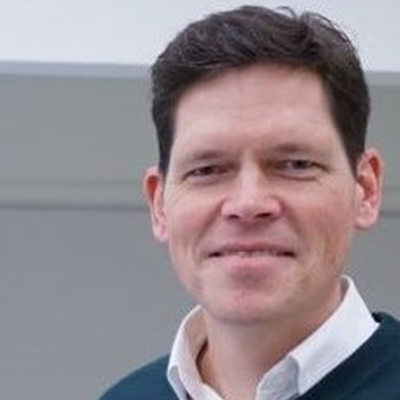Much is said and written about building trust in an organization, yet many teams still suffer from low levels of trust within the team and between the team and their leader. So how do leaders act to gain their peoples trust? And how do leaders put trust in their people? Here are some personal leadership experiences on trust and the benefits of building it with your teams.
As Engineering Director, I had recently been given responsibility for a development department abroad. They were in a crisis mode. They were firefighting on emergent problems late in a large customer development project for several platforms close to production start. With this new responsibility I spent more than half of my time onsite during this period. My executive manager wanted me to take power over the whole team, to “command and control” all activities. It would have worked short term, but I worried about the approach given long term negative effects if I took the teams responsibility away. Rather they needed to be empowered, re-gain self-confidence and take responsibility to solve their problems. Each time I visited the site I spent the first day with the site lead and the team managers. They shared current situation, problems and all negative information (ie “bad news”) whether project related and their personal negative feelings. I encouraged them to share openly and without fear of judgement or retribution. The second day they worked on their action plans with my support and coaching. Plans that they then carried out themselves until my next visit. This pattern was repeated over several weeks and gradually they gained control to deliver the project. During this period my executive manager gave the feedback “you trust your people too much.” In reality, with my compass, it was my people that put trust in me as their leader. They trusted that I would not judge or penalize them if they shared their challenges. Over time, they started to see the light again, got re-ignited, re-gained self-confidence and a boost of motivation. When I wasn’t at their side, onsite, they took responsibility for their job.

In another example leading a start up, I and my people navigated a VUCA world (volatility, uncertainty, complexity, and ambiguity). We had to learn what job to be done – customers true needs. And we had to learn what didn’t work, with more “unknown unknowns” than “known unknowns.” Within this flat organization, was the idea that everyone would make their own plans and make decisions, in real-time, on priorities and what was the next major problem to work on. This didn’t come easy. In early phases, as the leader, I could not define targets to the teams. There were just too many uncertainties. It became clear, that if I as a leader could not chisel out an intent for our mission then people could not make their own plans and adjust priorities in real-time. My people gave feedback on what needed to change and together, with the team, we defined five major customer interests. These were converted into compelling, and at the same time ambitious, overall targets to strive for. The targets enabled the people to quantify and make gaps visible. Resulting in a much higher level of focus and motivation. Applying set based concurrent engineering, with multiple quantified countermeasures, the cross functional team of people came together and quickly closed the gaps in order of priority, and the best part– they owned the solutions. Trust at its best!
Establish trust and leaders and their people can “move mountains” and reach ambitious targets together. Leaders should rather Pull – mission command – their teams and provide support work needed to reach the targets. By providing quantifiable compelling targets (Pull-mechanisms) leaders will release their people’s full potential. Teams of people being Pulled toward a clear goal, can make their own detailed plans and act upon deviations and opportunities to bypass non-value-added work autonomously. Empowerment requires its leader, but it is so powerful and can lead to new levels of success.
Have you experienced a truly empowered team? What made it work and what were the benefits? Please share your feedback.

Christer Lundh
Chair, LPPDE and President of AUFERO
AUFERO makes organizations more profitable by improving product development and innovation. Christer is a board member at LPPDE.org. A passionate leader co-creating flow of new products and innovations together with clients.
Read more blog posts from LPPDE!

